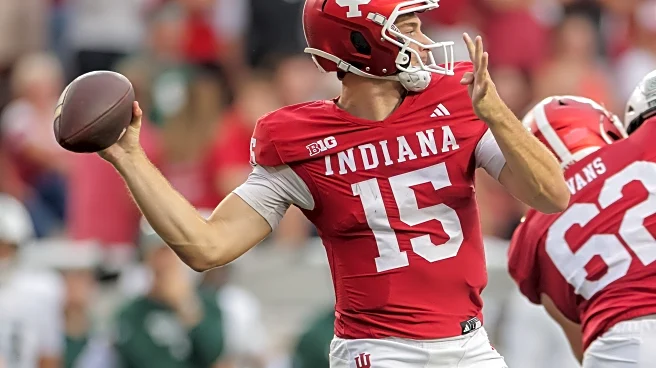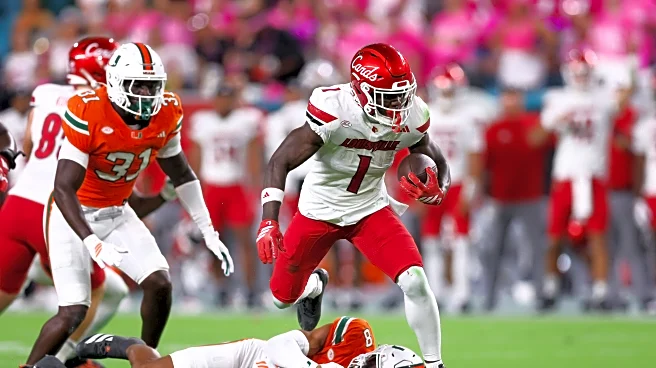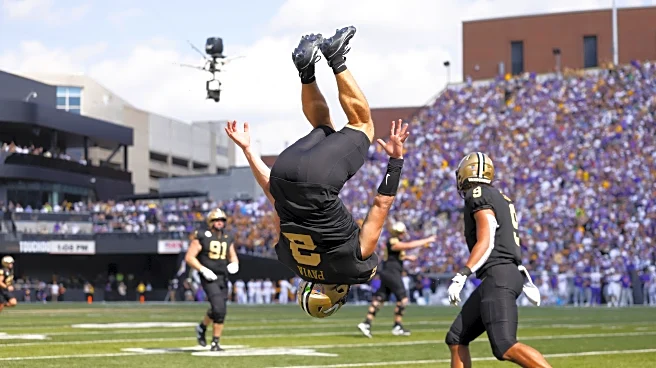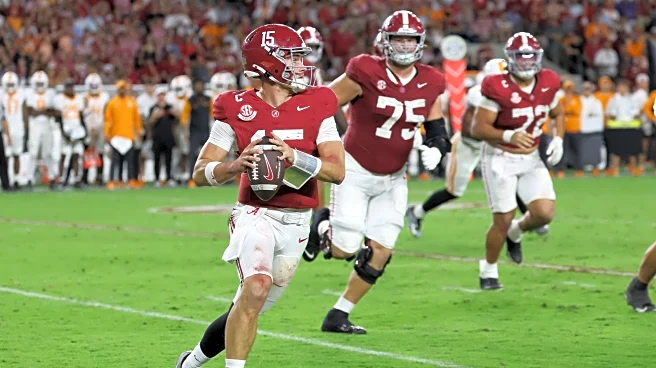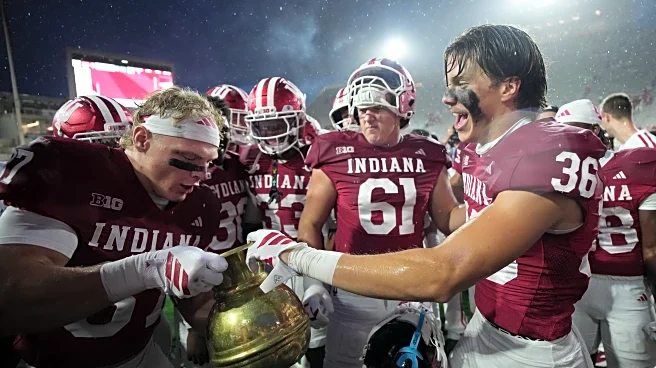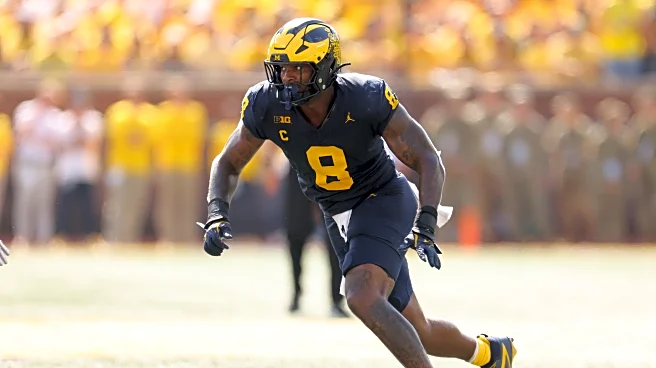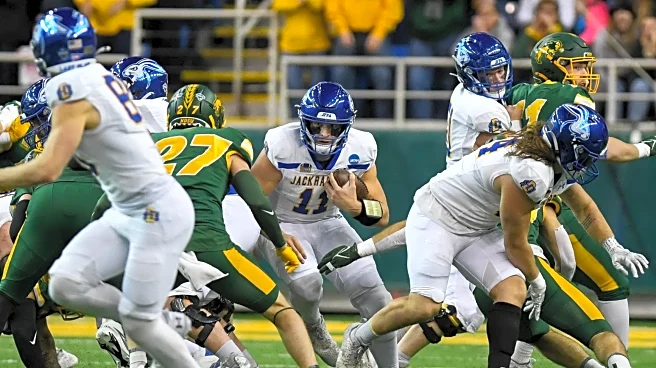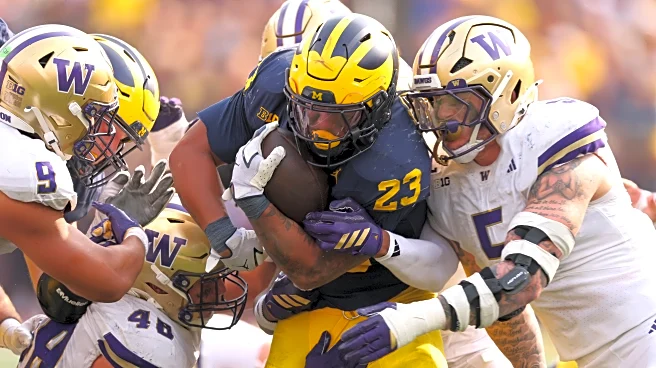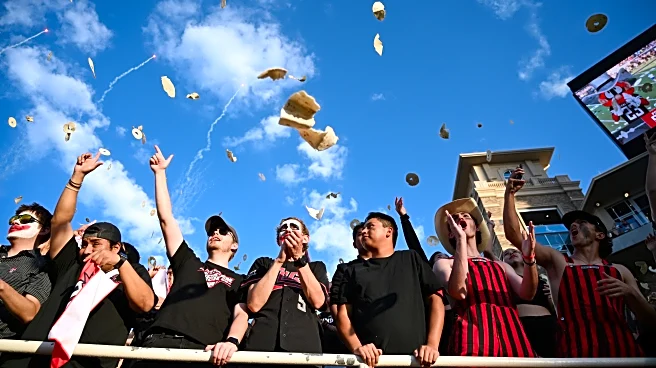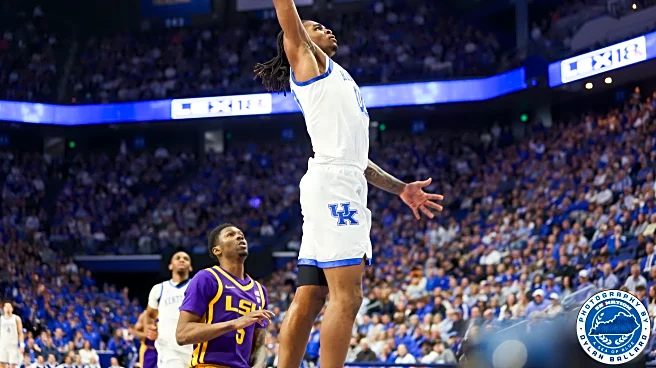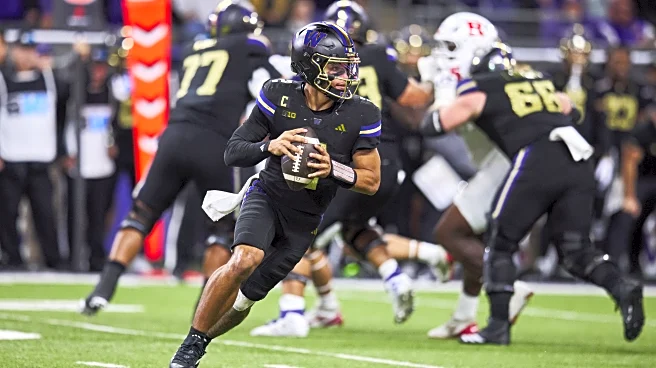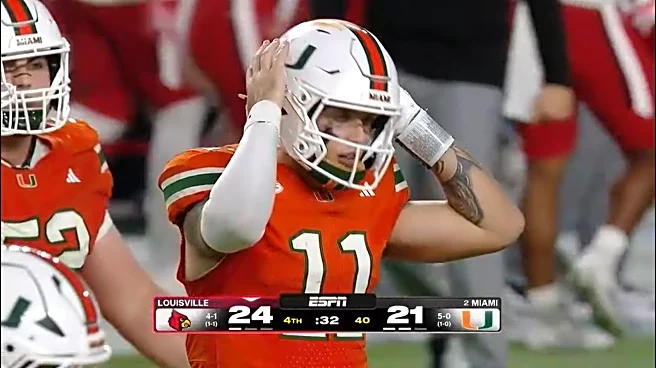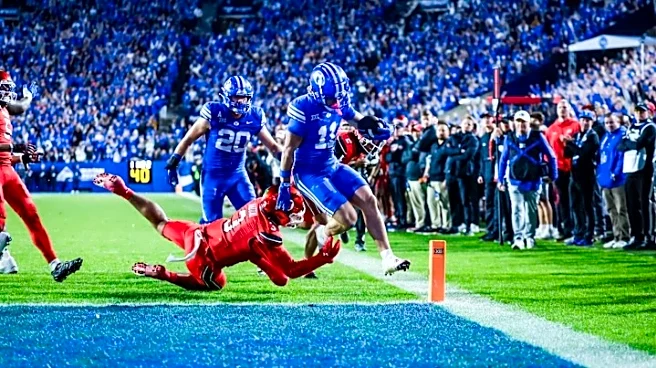Your Benevolent Despot is not above being smug.
When the transfer portal opened its gaping maw onto college football and the earliest stirrings of NIL started to creep over the transom, a lot of people were bemoaning what they perceived as an impetus for the bluebloods to scoop up all the talent.
At the time, I dismissed those complaints. My argument was that it was more likely that highly-recruited players who couldn’t crack the lineup at the Big Boy schools would be more likely to transfer to smaller
schools in order to get playing time.
Turns out I was right, but I was underselling it because I didn’t foresee some other factors.
This morning at Extra Points, the college sports business blog run by our old friend Matt Brown, a guest article (paywalled to subscribers, and you have my personal recommendation to do so because Matt does great work) by Carnegie Mellon marketing professor Tim Derdenger reports on a study of trends in the post-NIL era. Derdenger, along with Ivan Li from Texas-Dallas, did a study called “Does Personalized Pricing Increase Competition? Evidence From NIL in College Football”.
The paradigm I predicted has indeed come to pass, but for even more reasons than I imagined. You cannot have helped but notice over the last two years that college football on the whole has become more competitive. Indiana is ranked #2 in the nation, folks. Vanderbilt is beating everyone not named Alabama. Georgia Tech is unbeaten. Meanwhile, schools with extremely thick wallets are struggling with opponents like South Florida and Kentucky. Vegas underdogs are winning straight-up more frequently than ever.
So clearly, even though there are still a handful of schools which are clearly flying a little higher than the pack, the environment is becoming more and more competitive. It’s hard to continue to be great, as can be evidenced by the relative downturn in fortunes at places like Georgia, Alabama, Texas, Florida State, and Penn State.
One key factor mentioned in the study that I really want to touch on, though, is that high-star athletes know they’ve got a nearly 2/3 chance of getting drafted no matter where they play. You don’t have to go play at Ohio State to get your name called on draft day if you’re just out there building a resume. NFL scouts are going to see your film even if you’re playing for Memphis.
And if you really pay attention to K-State itself, you know this is true.
K-State is 115th among all FBS schools in all-time winning percentage — but 42nd in all-time Consensus All-Americans and 67th all-time in NFL draft picks. Where K-State ranks among undrafted free agents to go on to have NFL careers is an open question that could be researched, but as a K-State fan you can probably rattle off a good number of them; one of them is in the Green Bay Packers Hall of Fame, and it’s not Jordy Nelson.
Point being, as a destination for potential pros, or at least guys who can market their college football careers even if they don’t get drafted or play a down in the NFL, K-State punches above its weight and always has — even when the team was terrible. (Lynn Dickey and Steve Grogan and Gary Spani, anyone?)
There are really two kinds of guys who go to college to play football. There’s the guys who go to get an education and play some football while they’re at it, and you probably know who these guys are without even thinking about it too hard. Even players who think of as “pretty good” know they’re going to be doing something else for a career, and that’s always been a thing in Manhattan. Then there are the guys who want to play professionally, and they’re taking classes as a means to an end.
The transfer portal is letting guys who aren’t getting playing time go to a different school where they have a better shot. That doesn’t just affect players who are trying to go pro; it also affects players who just want to play. NIL is allowing schools to just outbid bluebloods — not because they have more money overall, but because it turns out that paying a roster two-deep with 4/5-star players is really expensive. These schools can’t afford to pay a dozen five-star guys to ride the bench, causing more churn.
And that is how you get a five-star wide receiver transferring out of Lincoln Riley’s offense to Tulane. It’s how you get Xavier McDonald, a four-star from Mississippi, choosing Sacramento State over Ole Miss and LSU because he knows he’s getting on the field from day one. These are by far not the only examples; you tend to see more of the “G5 to SEC” stuff because the media cares more about who’s coming into the SEC than who’s leaving it.
This sounds like anecdotal evidence, but the study has the numbers: since the dawn of the NIL era, 5-star players are 15% less likely to attend a top 10 school — and also 15% less likely to attend a top 25 — than they were before the money bags opened up.
The study also found that 3-star and low 4-star players are also moving to “lesser” programs as a whole; the only cohort which is moving “up” appears to be high 4-star players, who admittedly are probably the group that has the most to gain by moving into a more prestigious program, assuming they get the playing time. Another aspect here is that the blue bloods are likely relying on the high 4-stars to replace the 5-stars they’re not getting (or who are leaving).
But it should also be noted that the methodology of the study is based entirely on where teams are ranked in a given season — which means that the “15% less likely” factor applies to schools like Indiana, Boise State, Arizona State, even Iowa State. Friends, Indiana and Iowa State weren’t getting 5-stars anyway, so you can draw another conclusion there.
It was not an unreasonable assumption that the big schools would just spend their money to lock down all the talent once the gates were opened. But two factors must be remembered:
1) Nobody has enough money to pay NIL bags for 20 5-stars at once, and a smaller school can generally throw a larger single bag at an individual player than the big schools are even willing to toss. There are only so many 5-stars a year, and if you think about it, it makes perfect sense that it’s more likely for them to all end up at different schools than it is for a few schools to hoard them.
2) Players have their own motivations. The NIL money is going to be a factor no matter what, but a guy who’s trying to get drafted may take less in the short term if it means a situation where they’re going to be a starter immediately. No, that player’s not going to accept $20,000 to go play at Southern Utah, but you can bet that Cincinnati or Boston College or Fresno State can afford him.
There are a lot of reasons to be unsettled or even angry about where college sports have ended up, but “the blue bloods are going to hoard the talent” isn’t one of them. The opposite is true; NIL is preventing them from relying solely on their record and cachet.
